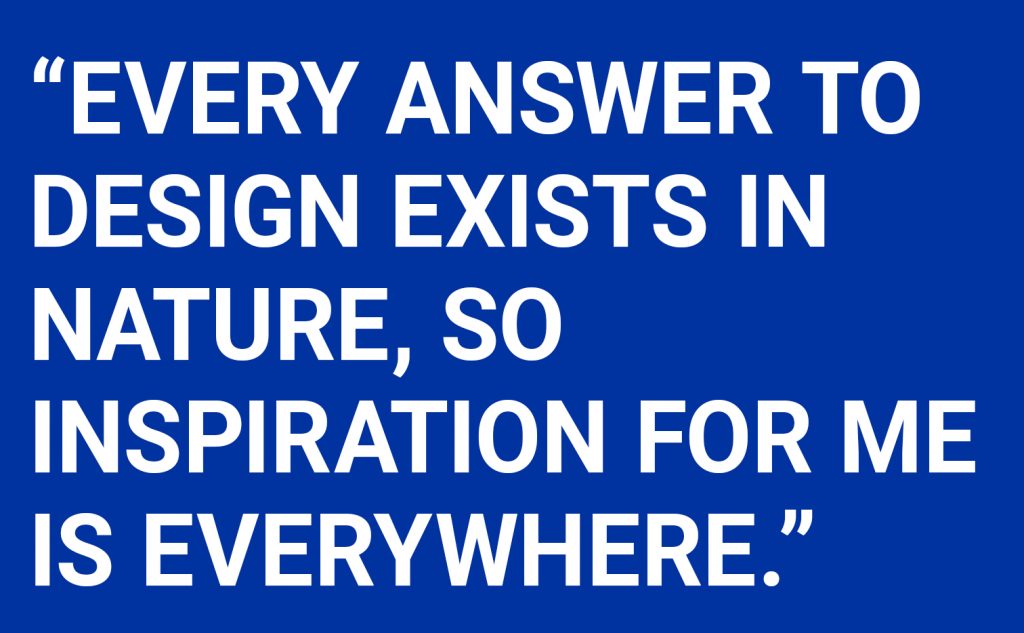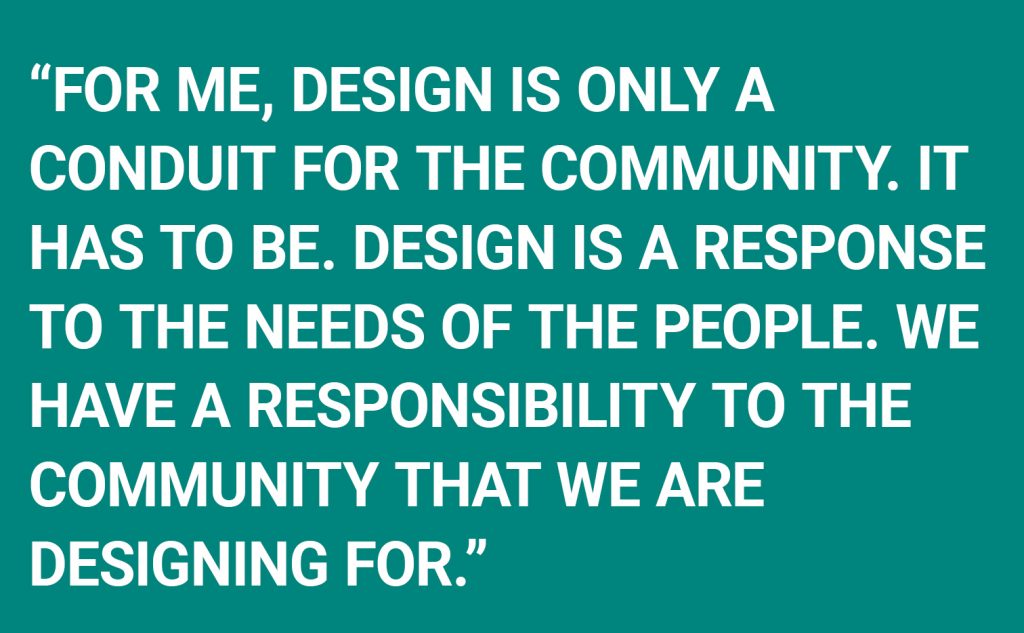Voices from Portman Architects: David Bond
This Q&A is part of a series of interviews with designers, architects, and others within our design collaborative about their career journey and the impact that design and architecture can have in engaging and inspiring our communities. Here, we sit down with Project Architect David Bond.
What was your first introduction to the field of architecture and design?
My first official introduction to architecture was at my eighth-grade career fair. I always thought that I would end up being a lawyer of some sort, but soon realized after that day that I was and would always be a creative. From there I began my research and learned about Emerson and Frank Lloyd Wright and the impact one could have on society by creating for others.

Where do you source your inspiration and creativity?
The universe is perfectly designed and in order. So, most of what I aspire to do as a designer is to make thoughtful design decisions that maintain that order or contribute to that order in some meaningful way. Every answer to design exists in nature, so inspiration for me is everywhere.
Who or what has influenced you most in this profession?
I would say Mr. Portman has been the single greatest influence for me in regards to architecture. I’ve always loved what I’ve studied for and do for a living but Mr. Portman’s burning desire for design gave me a true passion for architecture. Lots of designers can make beautiful buildings, but for him, it was more than that. He cared about the details, the intent of the space, and more importantly the people.
What, in your opinion, does the future of architecture and design look like?
It’s tough to say at this point. I would suspect our spaces and buildings will be designed to be more autonomous. Throughout the 20th century, design was more service-based, so we created larger spaces for people to come in and be of service. Going forward I think we’ll reach full autonomy in that respect. For instance, there won’t be a need for check-in counters at hotels at some point. So that space will become a hybrid space of sorts or go away completely as currently utilized.

What role do architecture and design play in shaping the minds of our community and future generations?
Design, at least for me, is only a conduit for the community. It has to be. Design is a response to a need of the people. I look at it more as we have a responsibility to the community that we are designing for. We not only want to create beautiful buildings and spaces but generational spaces that remain functional for the people of that community.
The most important thing I’ve learned as an architect/designer is…
It ain’t about me. Whatever I’ve done or will do in, for, and around architecture should be about the people and community first. My hope is to be of great service to the people through anything I work on.
What is your favorite building in the world?
There are so many. But if I had to name one, it would be the Quadracci Pavilion by Santiago Calatrava. A true masterpiece in design and space. Outside of the amazing design, there are so many hierarchical intricacies designed into the flow of the spaces that create an experience that can’t be captured on film.

